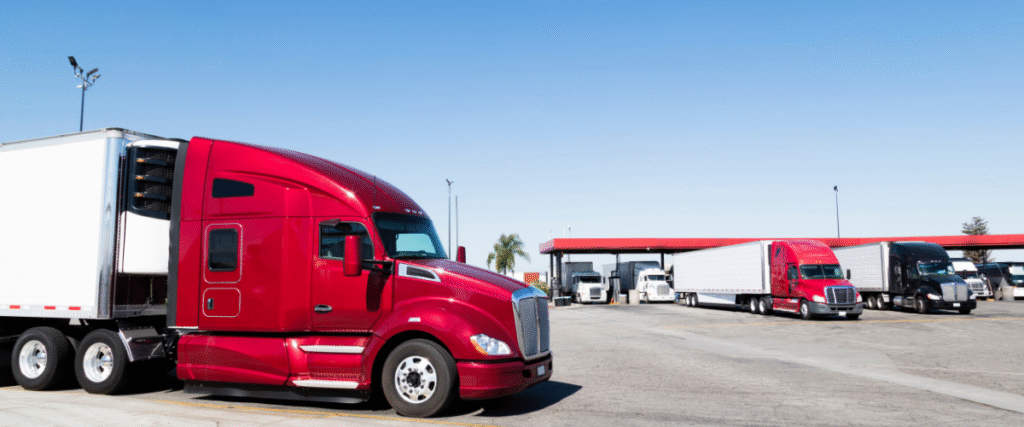Nearshoring is a business tactic where a company relocates some of its operations to a neighboring country. This decision is often driven by factors like lower labor expenses, simplified logistics, and closer proximity. Nearshoring offers advantages over offshoring, such as easier communication, similar time zones, cultural similarities, and reduced travel costs.
Moving production from the U.S. to Mexico has emerged as an appealing cost-saving strategy for several U.S. organizations, but transporting goods across the border can bring additional theft risk and the need for extra security measures. According to Overhaul’s Mexico Annual Cargo Theft Report 2023, “During 2023, Mexico experienced 20,746 cargo theft events, representing an increase of 3.1% compared to 2022 and 4.4% over 2021.” Organized crime is responsible for stealing hundreds of millions of dollars of cargo in Mexico each year. It is important to note that these criminals often resort to violence in their operations. Forbes reported, “The highest risk municipalities within Mexico State are Ecatepec (which reported 521 cargo robberies), Tlalnepantla (326), Naucalpan (323), Cuautitlan Izcalli (308) and Chimalhuacan (271.) The highest risk routes are the Mexico City-Queretaro highway, the Mexiquense Exterior Circuit, the Mexico City-Pachuca highway, the Mexico City-Puebla highway, and the Mexico City-Tulacingo highway.
In contrast to the region of central Mexico surrounding Mexico City, the border region reports considerably fewer truck hijacking incidents.
Together, the six border states of Baja California, Sonora, Chihuahua, Coahuila, Nuevo Leon, and Tamaulipas recorded just 108 incidents of violent truck cargo robbery during 2022, or 1.4% of the total number of incidents. Coahuila recorded zero hijackings in 2022.”
If your company is considering nearshoring in Mexico, consider the following strategies for mitigating cargo theft risks:


